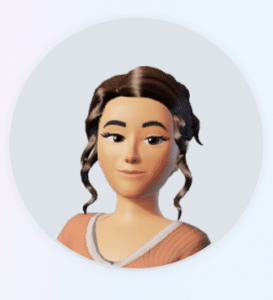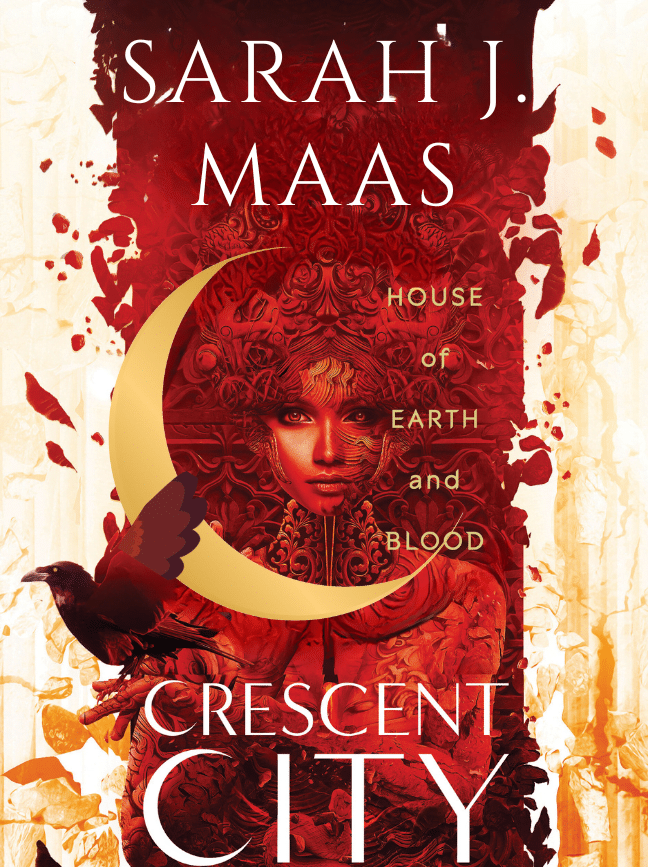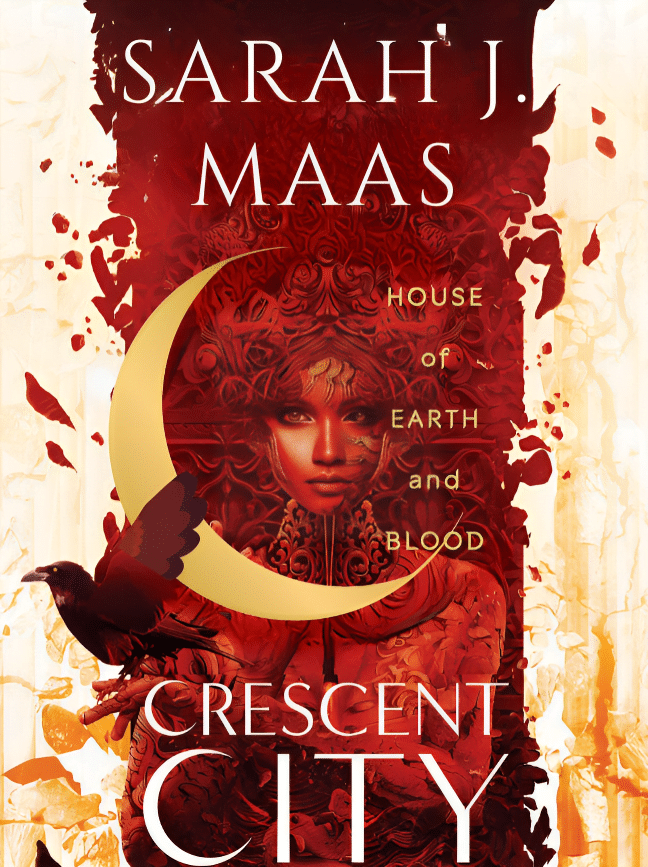1962 – 1964
Glen McArthur, interviewed by Erica Jolly
I went to Prince Alfred College and played football for the school. A student at the Adelaide Teachers College I completed my degree in 1961 and, for my first appointment, asked to be sent to Le Fevre Boys Technical High School. I had heard about this school and wanted to work there. With Fred Vickery as head, a man absolutely dedicated to the school, the school had a special ethos. It was very much the heart of education for many young boys in the Le Fevre Peninsula and the Port Adelaide Football Club was almost worshipped. I fitted in quite well – my height and football background helped.
There was obvious need of support for students. On Saturdays I ran a Youth Club and among my students was Brian Cunningham and a number of other football luminaries. Teaching at Le Fevre gave me a good foundation for my career. One had to think about the students first and bring them to the requirements of the course through their interests. It was quite impossible to expect the boys to work if they did not see the relevance for them of the work undertaken. As a teacher of English this was a particular challenge for me and made me think about the structure of English courses.
In my next appointment – I was sent to Whyalla Technical High School – I was to make use of much that I had discovered at Le Fevre but Whyalla was a very different school. There was a similar sense of community but it was a co-educational school and, being the main school in the town, there was none of the snobbery and resentment of superciliousness of the ‘high’ – in this case Woodville – for the ‘tech’. It was no wonder Fred Vickery worked so hard to build the pride in the school that was felt by all who went there. He did it in as many ways as possible through sport but particularly through swimming. All of us swam in the Port Canal regardless of the state of the water. No one spoke about pollution then.
At Whyalla I became the senior in English and developed the school’s drama programme. The Whyalla staff included many fine teachers who were to become significant in the development of education in South Australia. A number became subject consultants when, in the changing climate of the 1960s, it became obvious that there was need to re-examine both content and methods and even to develop new approaches.
I became an English subject consultant and joined a number of seconded teachers, many of them from the technical high schools, who were working with teachers to meet the changing needs of students in society. This was the world of television. The power of the visual image was replacing the past reliance on hearing. Repetition and rote learning had been geared to a world in which one learned through listening to a significant degree. We were in a world where students were more vocal. I was able to contribute to changes in English curriculum.
I went to London. There, I studied curriculum and developed the holistic approach that I brought back to Adelaide and that was important in the philosophy on which I based the development of Marryatville High School. My appointment as principal of this new high school offended those who saw seniority as the correct way to climb the ladder for I had not been a deputy principal and in the eyes of some ‘had not paid my dues.’
Marryatville was a challenge. Not only was it a former boys’ technical high school, even though it was on a magnificent site and had outstanding grounds, it was ringed by Independent and Catholic schools, long established and with strong traditional support. On Kensington Road was Loreto for girls. St Peter’s Collegiate School for Girls was in Hallett’s Road. Pembroke, the amalgamation of King’s – for boys – and Girton – for girls – had developed a fine reputation under the leadership of Diana Medlin. Of the government schools, Norwood High School, ruled for so long by its legendary principal, Ivan Coward, met the needs of those enrolled in the public system who sought entry to the academic world.
I, not only had to match the calibre of these schools in the eastern suburbs but bring together the girls from Kensington, formerly Norwood Girls Technical School and the boys of the Norwood Boys Tech, had to meet the expectations of those members of the professional middle class who were prepared to risk sending their children to a public school that had, as yet, no perceived tradition on which to build. I was grateful in this process for the assistance of Rosemary Law who had been principal of the Kensington Girls Technical High School. She gave me her enthusiastic support.
I had to build on the strengths of being new. I did not carry the baggage of the more rigid structures of older schools. However, in an area where image mattered, I had to ensure that Marryatville was seen to match the image of the neighbouring schools and more than match them in its approach to the school’s curriculum. To do this I had a particular advantage. A number of the parents enrolling their children in this new school were academics from Adelaide University. Among the fathers were Keith Conlon and Phillip Satchell who gave unstintingly of their ideas and time.
My studies in London had convinced me of the importance of a holistic approach to curriculum. That required the structure of a timetable to enable students to take up a range of subjects and programmes. I was eager to find any way to make Marryatville comparable with other schools in the area.
Another advantage I had grew out of the development at the Norwood Boys Technical High School. This was a valuable music programme introduced by Eric Bryce. The decision by the Education Department to make Marryatville a special music school gave the school the power to attract top music students who auditioned for entry. Special music schools brought to the students the best of two worlds, the power to involve students in disciplined co-operative groups making music, supporting one another as peers and setting examples that other students heard bringing both knowledge and pleasure. At the same time it included Marryatville among a small group of élite state schools, attracting students from many suburbs.
When school numbers began to decline, Marryatville did not suffer, being able to continue to match the private schools of the eastern suburbs. The amalgamation of Norwood and Morialta brought changes to that high school and parents who wanted a public school that had Years 8 – 12 on one site found another advantage at Marryatville.
When I decided to take up the position of headmaster of Wesley College in Melbourne I felt satisfied that Marryatville High School was well-established, its foundation firm and its future secure.




